Plagiarism
What is Plagiarism?
Plagiarism is the act of using someone else's work, ideas, or expressions without proper attribution or permission and presenting them as your own. This can include copying text, images, or other content from books, articles, websites, or other sources without giving credit. Plagiarism is considered unethical and can have serious consequences, including legal repercussions, damage to reputation, and loss of credibility.
Why is Plagiarism Important to Avoid?
Avoiding plagiarism is important because it maintains the integrity and credibility of your work. Plagiarism undermines the value of original content and disrespects the intellectual property rights of others. It can lead to legal issues, loss of professional reputation, and academic or professional penalties.
Ethical writing practices, including proper attribution and citation, demonstrate respect for the work of others and contribute to the creation of a fair and honest intellectual environment. Avoiding plagiarism also encourages originality, creativity, and critical thinking, which are essential for producing high-quality content.
Best Practices for Avoiding Plagiarism
1. Understand What Constitutes Plagiarism
Familiarize yourself with the different forms of plagiarism, including direct copying, paraphrasing without attribution, and using ideas without credit. Understanding what constitutes plagiarism helps you recognize and avoid it.
2. Use Proper Attribution
Always give credit to the original source of any information, ideas, or content you use. This includes citing the source in the appropriate format (e.g., APA, MLA, Chicago) and providing clear attribution in your writing. Proper attribution respects intellectual property rights and maintains transparency.
3. Paraphrase Correctly
When paraphrasing, rewrite the original content in your own words and provide proper attribution. Simply changing a few words or rearranging sentences is not enough. Effective paraphrasing involves completely rephrasing the content while maintaining the original meaning and giving credit to the source.
4. Use Quotation Marks
Use quotation marks to indicate any direct quotes from a source. Provide the source and page number (if applicable) to give proper credit. Quotation marks clearly distinguish the original author's words from your own.
5. Keep Track of Sources
Maintain a detailed record of all sources you consult during your research. This includes books, articles, websites, and other references. Keeping track of sources helps ensure accurate attribution and citation.
6. Use Plagiarism Detection Tools
Use plagiarism detection tools, such as Turnitin, Grammarly, or Copyscape, to check your work for potential plagiarism. These tools help identify any unintentional copying or lack of attribution, allowing you to make necessary corrections.
7. Seek Permission When Necessary
Obtain permission from the original author or copyright holder if you plan to use substantial portions of their work. This is especially important for content that is not covered by fair use. Seeking permission ensures compliance with copyright laws and ethical standards.
8. Provide Proper Citations
Include proper citations for all sources you reference, following the required citation style. Ensure that your citations are complete and accurate, providing all necessary information for readers to locate the original source.
9. Educate Yourself
Continuously educate yourself about plagiarism, intellectual property rights, and ethical writing practices. Staying informed helps you avoid plagiarism and uphold high standards of academic and professional integrity.
10. Encourage Originality
Focus on creating original content by developing your own ideas, arguments, and perspectives. Originality not only avoids plagiarism but also adds value to your work and enhances your credibility as a writer.
By following these best practices, you can avoid plagiarism, maintain the integrity of your work, and contribute to a fair and honest intellectual environment.
For more terms, return to the content marketing glossary and freelance writing glossary.

